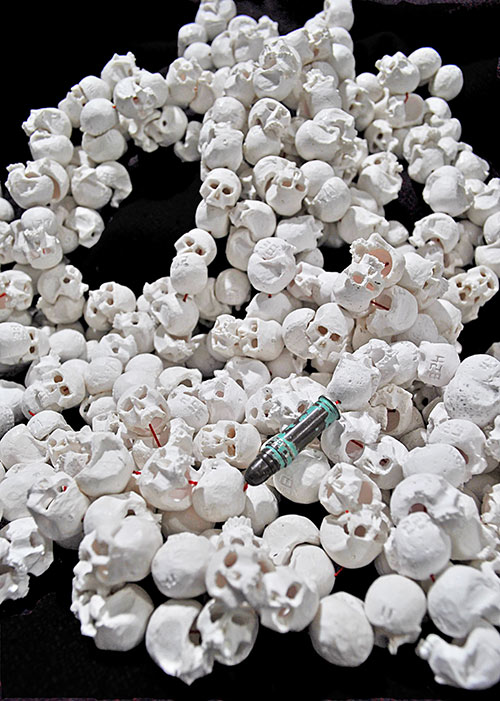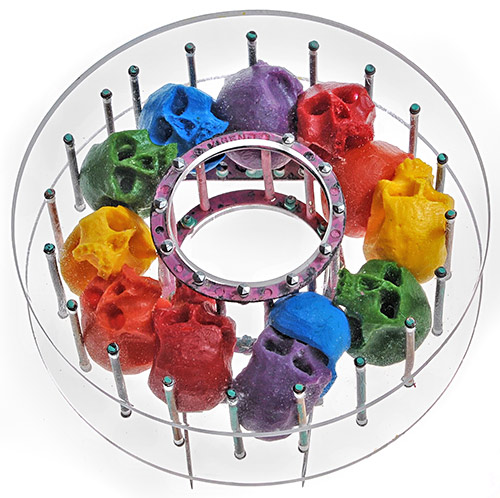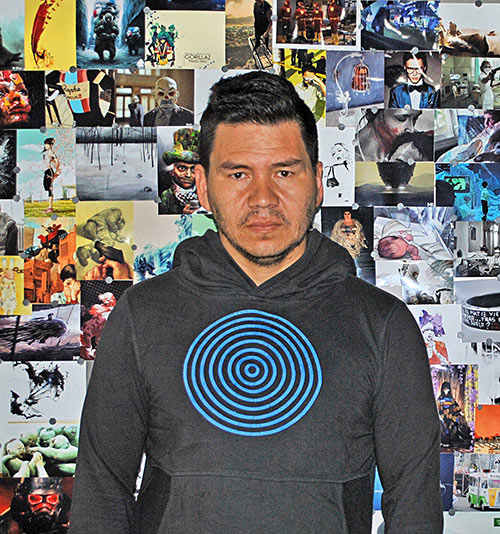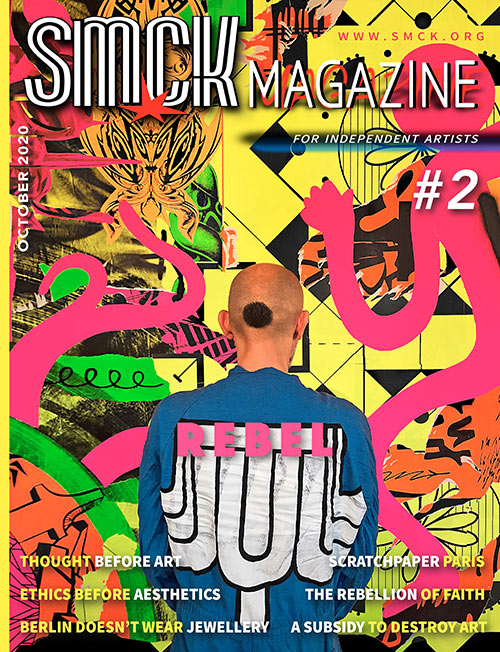GET ISSUE #02

BUY PRINT OR DIGITAL:
DIGITAL: If you wish to buy the digital version of SMCK Magazine (PDF, 44 pages, price: 3,60 Euro), please choose one of the payment options below: PayPal, credit card or direct bank transfer. You will receive the digital magazine by email within a few hours after purchase.
Your magazine copy will be sent to the email address provided through your Paypal payment.






